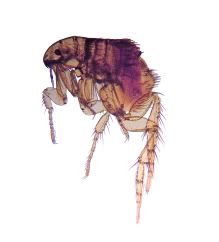Since I posted my Saturday article earlier in the week, I thought something fun and uplifting was in order.
This video by the Nevada Humane Society is making the rounds (thanks to the Pet Connection pals for sharing) and yes, adoption is a great cause of celebration.
I am working with a dog that needs adoption now.
Hmm, wondering if we need to jump on this bandwagon…


